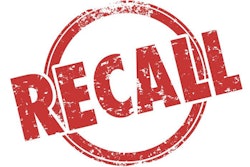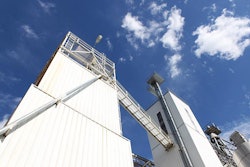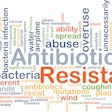The European Food Safety Authority (EFSA) has proposed a standardized method to evaluate risk related to chemical contamination of food and animal feed.
EFSA was requested to evaluate and propose a method that would allow risk-based classification of the notifications on chemical contaminants that are reported to the system that is used to communicate on such threats in Europe — Rapid Alert System for Food and Feed (RASFF).
RASFF was created in 1969 to ensure that food is safe for consumers in the European Union. It facilitates the flow of information between the European Commission, and the health and food safety agencies of the European Commission, member states and other nations including Norway, Liechtenstein, Iceland and Switzerland. RASFF allows notifications to be sent, received and acted upon efficiently, so that swift action can be taken to protect public health from any risks in the food chain.
Any product that is not compliant with food safety regulations must be withdrawn from the market, regardless of the health risk. However, it had been noted that not every case of non-compliance with EU food safety regulations automatically triggered a notification on RASFF, as the various agencies accessing the system use different methods to assess the risk presented.
In response to the request for a harmonized approach, EFSA has proposed and published in the journal EFSA Supporting Publications a new tool offering a transparent set of criteria for any of the agencies whether or not to notify RASFF.
Named the Rapid Assessment of Contaminant Exposure (RACE), the new tool includes an evaluation of the contaminant — whether from food contact materials, pharmacologically active substances, or other food contaminants — as well as its toxicological properties and likely dietary exposure.
Examples given of possible contaminants include heavy metals, industrial or environmental contaminants, mycotoxins, and residues of veterinary chemicals. For each contaminant, RACE translates the analytical findings into a quantifiable risk.
Based on the specific contaminant and its analyzed concentration, RACE incorporates its toxicological properties and dietary exposure based on food consumption data from EFSA, and then classifies the situation into one of no risk; a low probability of adverse health effects or low concern for public health; potential risk; or risk.
The full paper by first-named author P. Fürst and colleagues at EFSA is entitled “Scientific technical assistance to RASFF on chemical contaminants: Risk evaluation of chemical contaminants in food in the context of RASFF notifications,” and it appears in EFSA Supporting Publication 2019:EN-1625.














